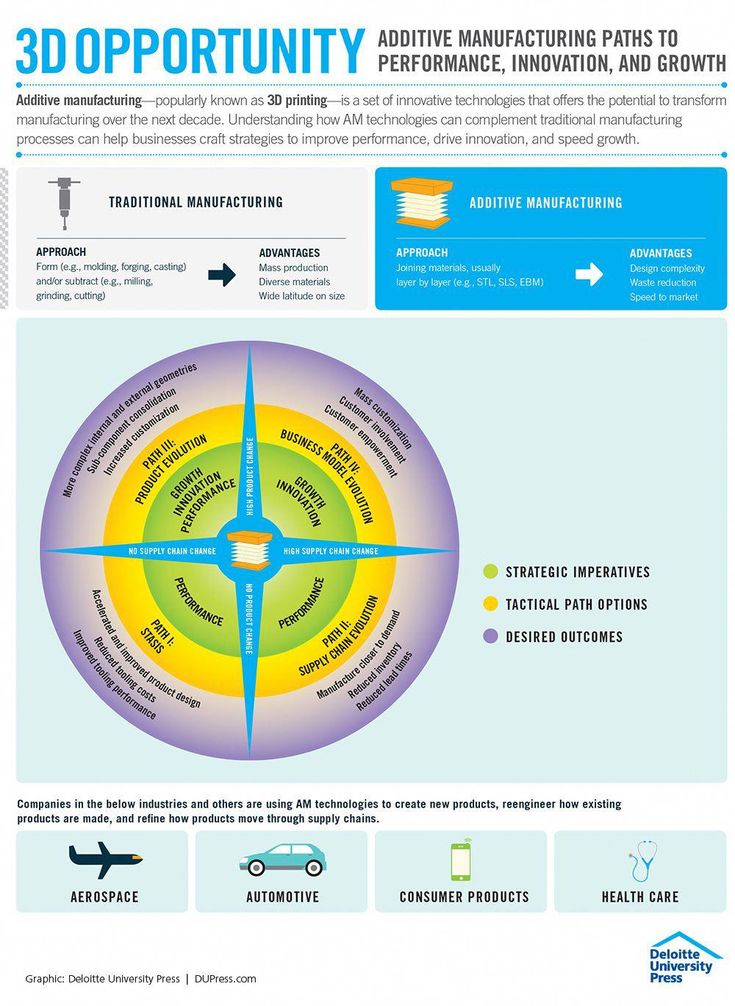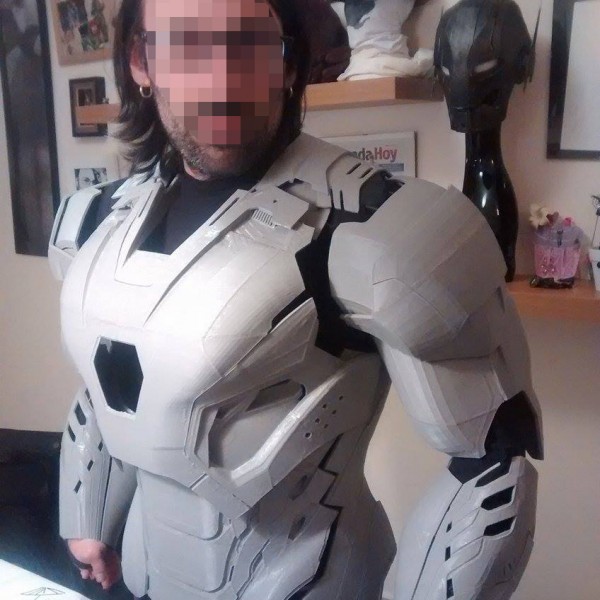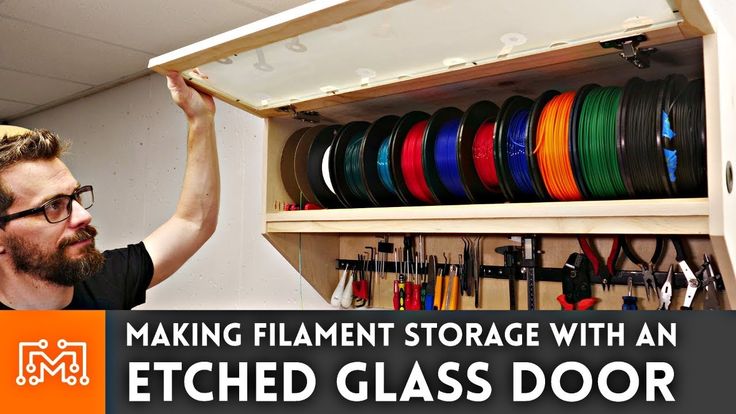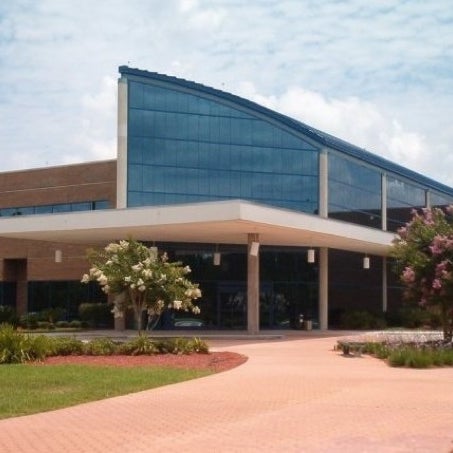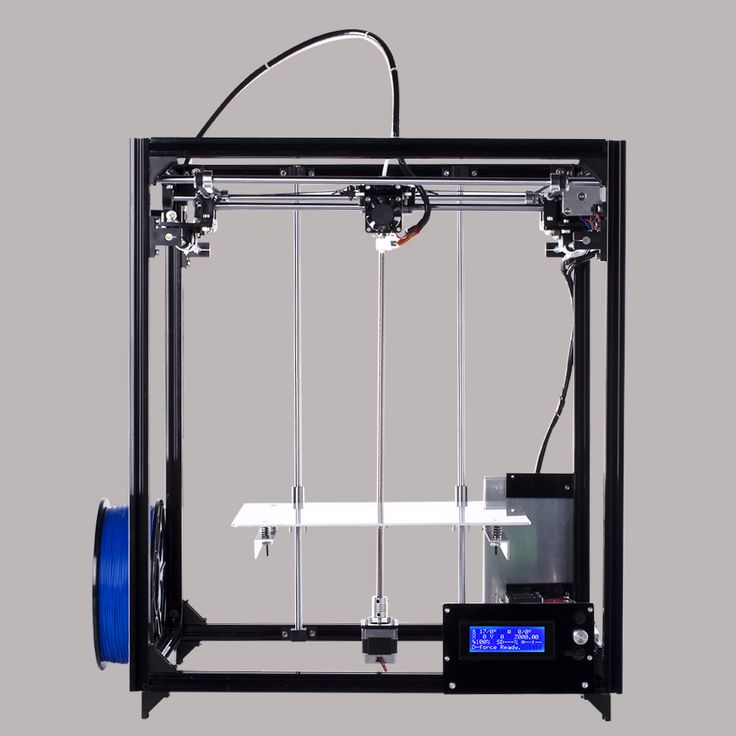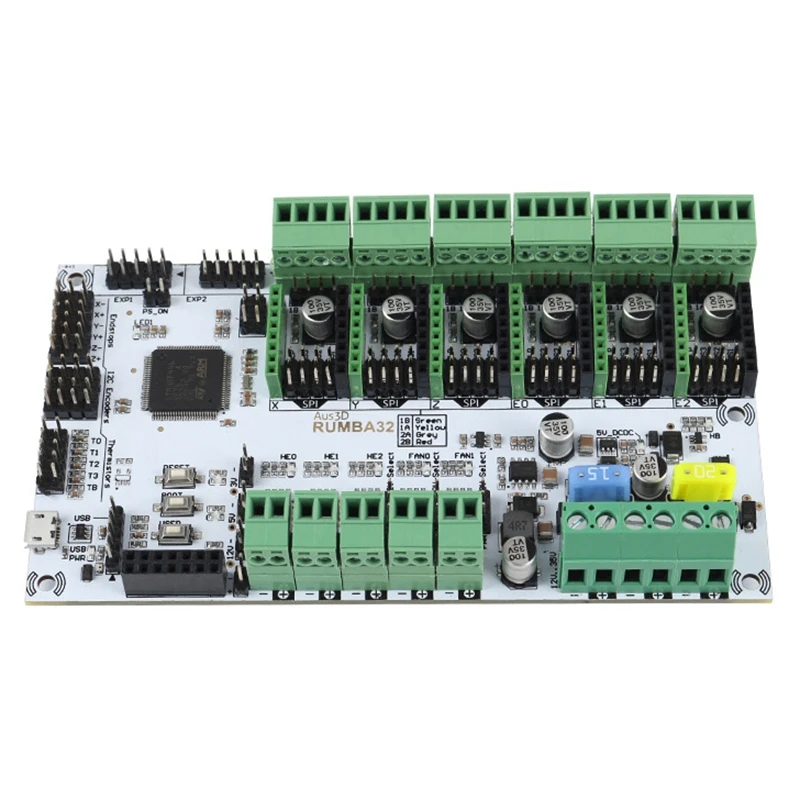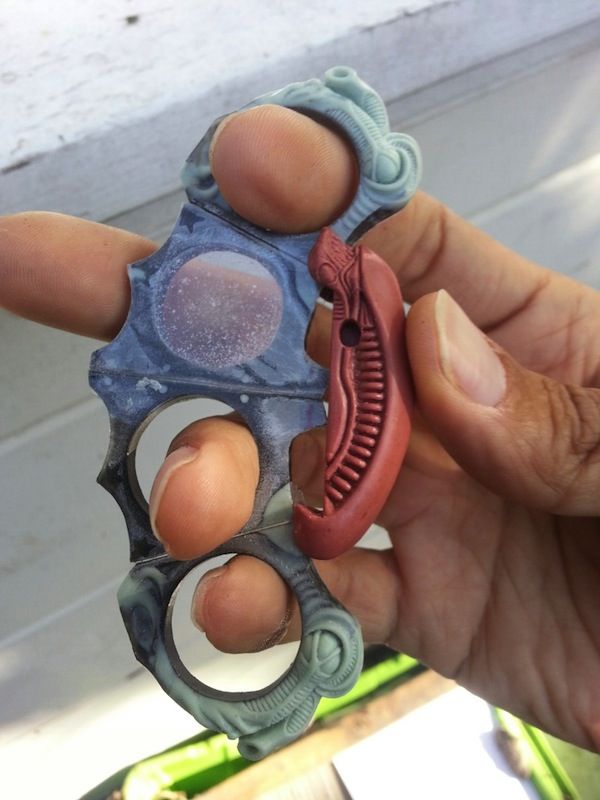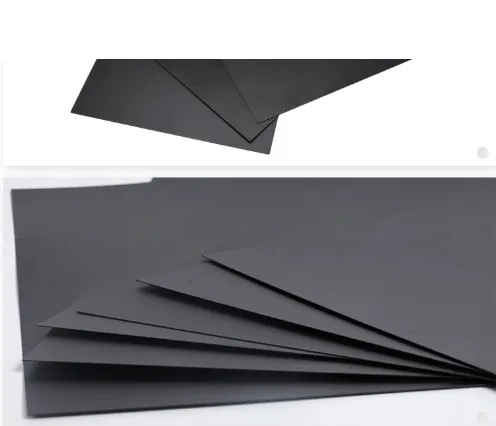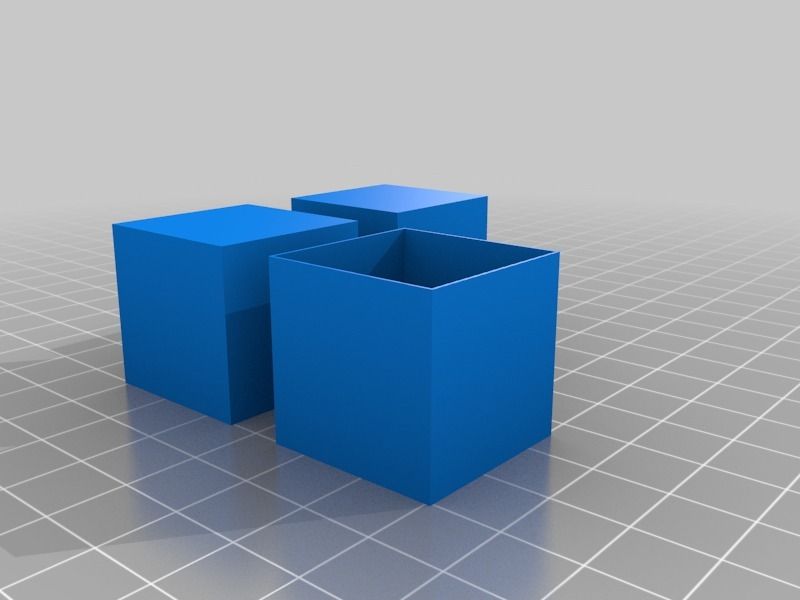Advantages of 3d printing over traditional manufacturing
What are the Advantages and Disadvantages of 3D Printing?
3D printing, also known as additive manufacturing, is becoming popular with manufacturers. The demand is growing due to some of the revolutionary benefits that it can provide. Like almost all technologies it has its own drawbacks that need considering.
This page aims to help with the selection process. We will cover each of the advantages and disadvantages of 3D printing.
This production process offers a range of advantages compared to traditional manufacturing methods. These advantages include those related to design, time and cost, amongst others.
1. Flexible Design
3D printing allows for the design and print of more complex designs than traditional manufacturing processes. More traditional processes have design restrictions which no longer apply with the use of 3D printing.
2. Rapid Prototyping
3D printing can manufacture parts within hours, which speeds up the prototyping process. This allows for each stage to complete faster. When compared to machining prototypes, 3D printing is inexpensive and quicker at creating parts as the part can be finished in hours, allowing for each design modification to be completed at a much more efficient rate.
3. Print on Demand
Print on demand is another advantage as it doesn’t need a lot of space to stock inventory, unlike traditional manufacturing processes. This saves space and costs as there is no need to print in bulk unless required.
The 3D design files are all stored in a virtual library as they are printed using a 3D model as either a CAD or STL file, this means they can be located and printed when needed. Edits to designs can be made at very low costs by editing individual files without wastage of out of date inventory and investing in tools.
4. Strong and Lightweight Parts
The main 3D printing material used is plastic, although some metals can also be used for 3D printing.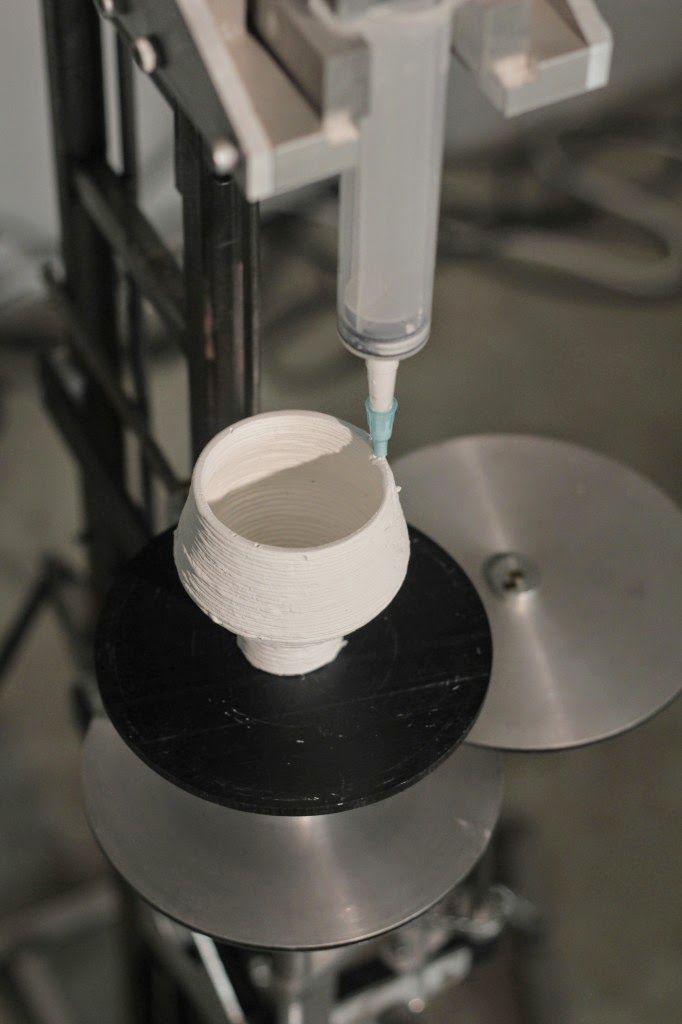 However, plastics offer advantages as they are lighter than their metal equivalents. This is particularly important in industries such as automotive and aerospace where light-weighting is an issue and can deliver greater fuel efficiency.
However, plastics offer advantages as they are lighter than their metal equivalents. This is particularly important in industries such as automotive and aerospace where light-weighting is an issue and can deliver greater fuel efficiency.
Also, parts can be created from tailored materials to provide specific properties such as heat resistance, higher strength or water repellency.
5. Fast Design and Production
Depending on a part’s design and complexity, 3D printing can print objects within hours, which is much faster than moulded or machined parts. It is not only the manufacture of the part that can offer time savings through 3D printing but also the design process can be very quick by creating STL or CAD files ready to be printed.
6. Minimising Waste
The production of parts only requires the materials needed for the part itself, with little or no wastage as compared to alternative methods which are cut from large chunks of non-recyclable materials. Not only does the process save on resources but it also reduces the cost of the materials being used.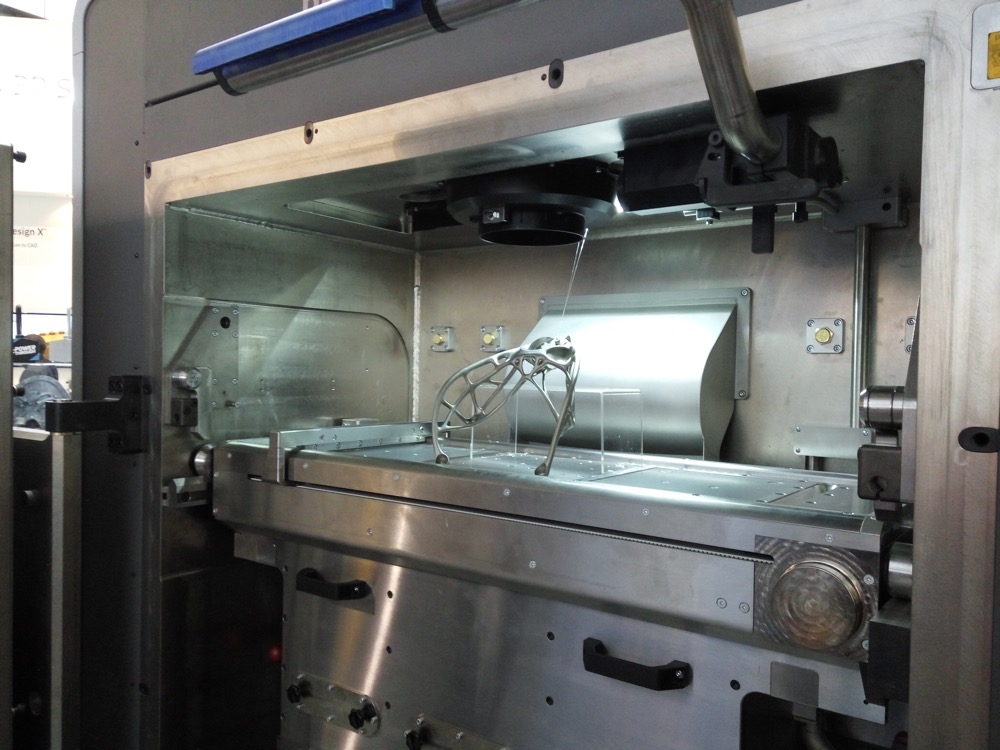
7. Cost Effective
As a single step manufacturing process, 3D printing saves time and therefore costs associated with using different machines for manufacture. 3D printers can also be set up and left to get on with the job, meaning that there is no need for operators to be present the entire time. As mentioned above, this manufacturing process can also reduce costs on materials as it only uses the amount of material required for the part itself, with little or no wastage. While 3D printing equipment can be expensive to buy, you can even avoid this cost by outsourcing your project to a 3D printing service company.
8. Ease of Access
3D printers are becoming more and more accessible with more local service providers offering outsourcing services for manufacturing work. This saves time and doesn’t require expensive transport costs compared to more traditional manufacturing processes produced abroad in countries such as China.
9. Environmentally Friendly
As this technology reduces the amount of material wastage used this process is inherently environmentally friendly.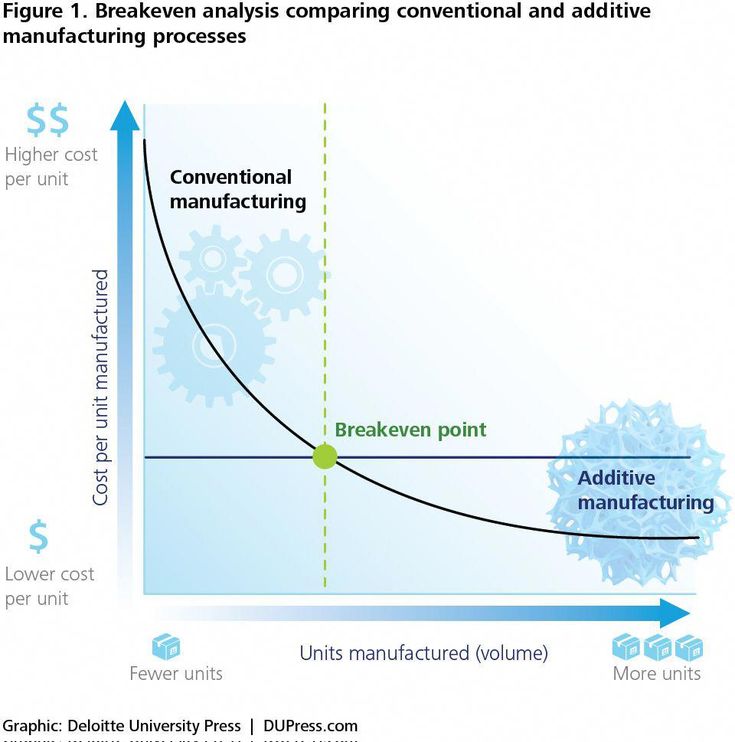 However, the environmental benefits are extended when you consider factors such as improved fuel efficiency from using lightweight 3D printed parts.
However, the environmental benefits are extended when you consider factors such as improved fuel efficiency from using lightweight 3D printed parts.
10. Advanced Healthcare
3D printing is being used in the medical sector to help save lives by printing organs for the human body such as livers, kidneys and hearts. Further advances and uses are being developed in the healthcare sector providing some of the biggest advances from using the technology.
Like with almost any other process there are also drawbacks of 3D printing technology which should be considered before opting to use this process.
1. Limited Materials
While 3D Printing can create items in a selection of plastics and metals the available selection of raw materials is not exhaustive. This is due to the fact that not all metals or plastics can be temperature controlled enough to allow 3D printing. In addition, many of these printable materials cannot be recycled and very few are food safe.
2. Restricted Build Size
3D printers currently have small print chambers which restrict the size of parts that can be printed. Anything bigger will need to be printed in separate parts and joined together after production. This can increase costs and time for larger parts due to the printer needing to print more parts before manual labour is used to join the parts together.
3. Post Processing
Although large parts require post-processing, as mentioned above, most 3D printed parts need some form of cleaning up to remove support material from the build and to smooth the surface to achieve the required finish. Post processing methods used include waterjetting, sanding, a chemical soak and rinse, air or heat drying, assembly and others. The amount of post processing required depends on factors including the size of the part being produced, the intended application and the type of 3D printing technology used for production. So, while 3D printing allows for the fast production of parts, the speed of manufacture can be slowed by post processing.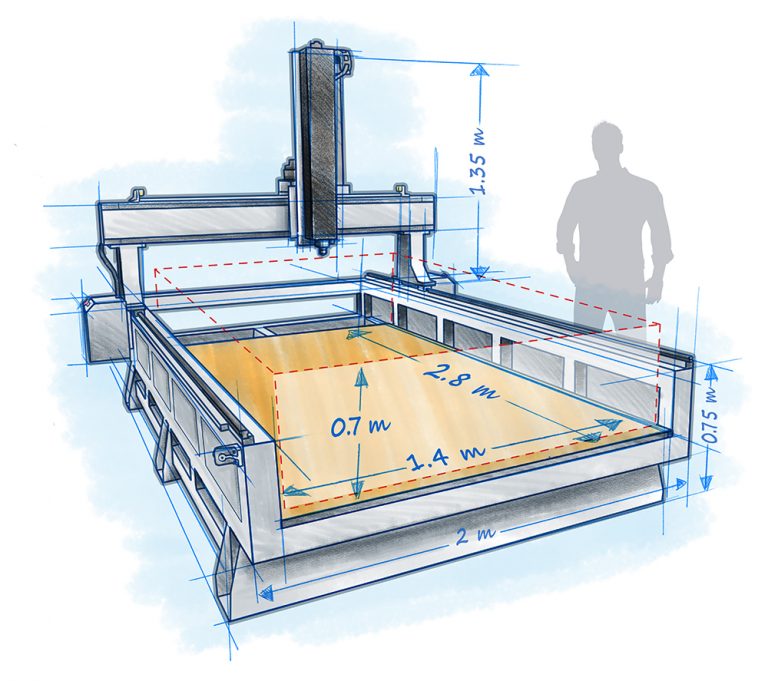
4. Large Volumes
3D printing is a static cost unlike more conventional techniques like injection moulding, where large volumes may be more cost effective to produce. While the initial investment for 3D printing may be lower than other manufacturing methods, once scaled up to produce large volumes for mass production, the cost per unit does not reduce as it would with injection moulding.
5. Part Structure
With 3D printing (also known as Additive Manufacturing) parts are produced layer-by-layer. Although these layers adhere together it also means that they can delaminate under certain stresses or orientations. This problem is more significant when producing items using fused deposition modelling (FDM), while polyjet and multijet parts also tend to be more brittle. In certain cases it may be better to use injection moulding as it creates homogenous parts that will not separate and break.
6. Reduction in Manufacturing Jobs
Another of the disadvantages of 3D technology is the potential reduction in human labour, since most of the production is automated and done by printers.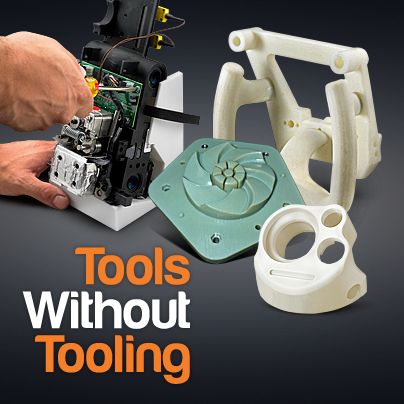 However, many third world countries rely on low skill jobs to keep their economies running, and this technology could put these manufacturing jobs at risk by cutting out the need for production abroad.
However, many third world countries rely on low skill jobs to keep their economies running, and this technology could put these manufacturing jobs at risk by cutting out the need for production abroad.
7. Design Inaccuracies
Another potential problem with 3D printing is directly related to the type of machine or process used, with some printers having lower tolerances, meaning that final parts may differ from the original design. This can be fixed in post processing, but it must be considered that this will further increase the time and cost of production.
8. Copyright Issues
As 3D printing is becoming more popular and accessible there is a greater possibility for people to create fake and counterfeit products and it will almost be impossible to tell the difference. This has evident issues around copyright as well as for quality control.
Get Further Advice On 3D Printing
Need help with determining whether 3D printing is the right process for you?
Contact our team of world-leading experts with over 20 years of experience in the additive manufacturing field.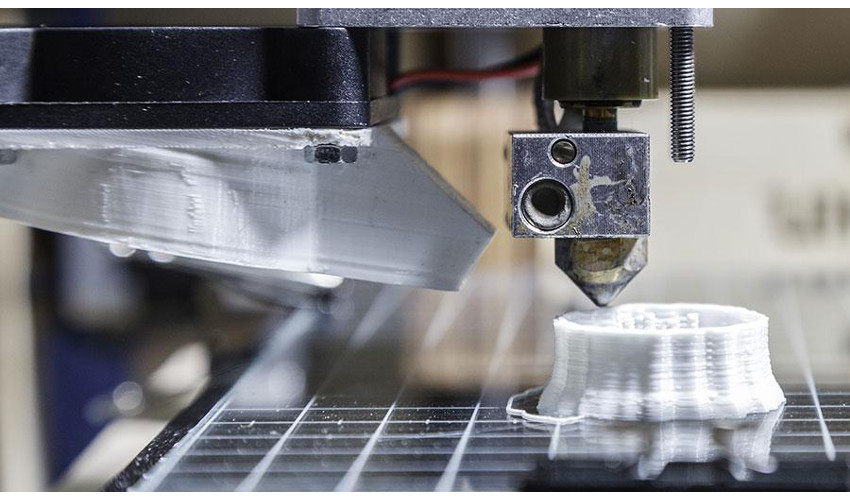
Our technology experts help to ensure our customers apply the correct technology process depending on each individual or company requirements:
Related Frequently Asked Questions (FAQs)
3D printing has advantages over traditional manufacturing
Posted By Felix Nadin on May 25, 2016 |
3D printing, also called additive manufacturing, is the process of using specialized equipment to assemble, via a computer and a 3D model, an object layer by layer. It has some unique and interesting advantages over traditional manufacturing.
First, additive manufacturing allows production costs to stay the same rather there are one or a thousand units. This has several implications: it makes production available to small businesses that don’t have access to expansive funding and don’t know in advance whether they’ll have many buyers; it reduces the time between conception and sale; it allows each piece to be customized and unique; it allows greater risk-taking by reducing the cost of failure.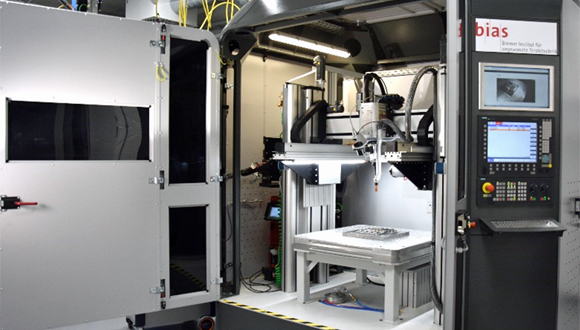
Second, additive manufacturing reduces lead time for short production runs and permits the creation of very complex shapes without added costs.
However, additive manufacturing is still less competitive than traditional manufacturing when it comes to mass production, perfectly smooth finish, production of very large objects and the use of certain materials.
To make the most of this technology, it is important to grasp its specificities. When is additive manufacturing the best choice for production?
Additive manufacturing’s advantages
Cheaper for small production runs
Traditional manufacturing like injection molding requires mass production to even out the overhead cost of tooling, labor for assembly, and production (an injection mold can cost thousands of dollars). On the contrary, with additive manufacturing, the cost of manufacturing of one item stays the same no matter what the quantity is, making it cheaper when the quantity is small.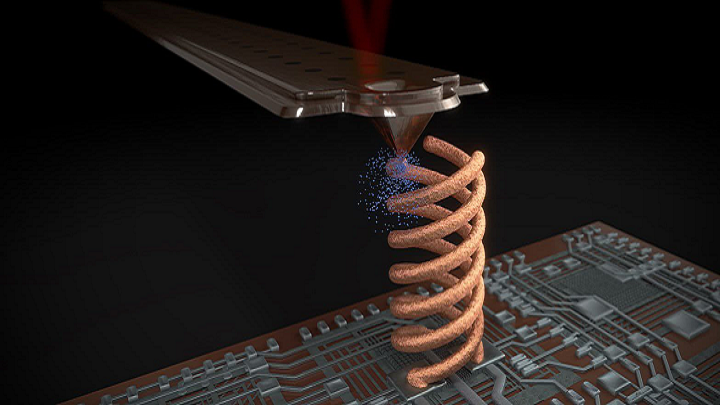
Cost per part depending of the number of produced parts
The graph, based on a study by Sculpteo, shows the compared price of a car handle produced by injection molding (Quickparts) or additive manufacturing (Sculpteo). For up to 407 units, it remains cheaper to use 3D printing.
More customizable, more adaptable
Because the cost is the same for each added unit, it is possible to make an unlimited amount of changes to the product. It can be used for prototyping: you’d use 3D printing to make a prototype, and update the prototype until satisfaction. This is a crucial step before getting the product to mass production. It can also be used during the rest of the manufacturing process, to create unique pieces that can be more responsive to your needs, progress in conception and consumers feedback.
No added cost for complexity
Creating complex mechanical constructions via traditional manufacturing requires precision and skills, especially for the assembly of complex parts, which means that price increases with complexity. It is not the case with 3D printing, which creates an entire piece in one process, instead of creating each component before assembling. Therefore, there is no added cost for complexity.
It is not the case with 3D printing, which creates an entire piece in one process, instead of creating each component before assembling. Therefore, there is no added cost for complexity.
Influence of complexity
On the graph, you can see that the more complex the box is, the more expensive it gets to produce it with injection molding.
Get your product fast
The traditional manufacturing technologies require molds to be manufactured and factories to be ramped up to speed. As a result, it can take upwards of 15-60 days (and sometimes more) to have the first part in hand. For 3D printing, the part can be printed on demand and shipped without any ramp up or tooling, resulting in a lead time as short as 2 or 3 days.
The combination of the reduced lead time and the more efficient prototyping process reduces the time to market. This is a great advantage since delay creates uncertainty. Shorter time to market means being closer to trends and having a better ability to predict success.
Avoid waste
3D printing is incredibly resource efficient since the only material consumed is what passes under the laser (or through the extruder, etc.), whereas traditional manufacturing requires the use of extra materials (molds for injection molding, scraps for perforated sheet metal assembly, etc.). The fact that manufacturers don’t have to produce as much of a given product to justify the setup costs also reduces waste.
The reduced cost of failure means enhanced innovation
Customizability means that if the initial prototype isn’t satisfactory or if a change needs to be made after market launch, it won’t occasion great adapting costs as it would with traditional manufacturing. This allows to take more risks and therefore to be more innovative.
What it can’t provide (yet) that traditional manufacturing can
Competitive pricing for producing in large quantities
Past a certain amount (refer to the chart above), it becomes cheaper to mass produce through traditional manufacturing, and we know that mass production is still a huge part of being competitive in the global market. While 3D printers might not need to be retooled in between production runs, the speed at which a 3D printer can assemble an object often pales in comparison to the traditional assembly line.
While 3D printers might not need to be retooled in between production runs, the speed at which a 3D printer can assemble an object often pales in comparison to the traditional assembly line.
The use of certain materials and technical consideration
Traditional manufacturing options like injection molding and forming can offer a high material selection. When it comes to 3D printing, the material selection is much sparser, which can be a limiting factor when specific materials are needed for a given part, and must be taken into consideration when deciding which technical properties you want your product to have.
As the 3D printing technology matures, a greater variety of materials with varying characteristics is being introduced, slowly breaching the gap in technical properties between traditional and additive manufacturing. Materials used by 3D manufacturers like Sculpteo (such as the Tango Plus and Formlab’s Flexible resins) can now replicate the performance of certain engineering plastics (like Digital ABS and Accura PEAK).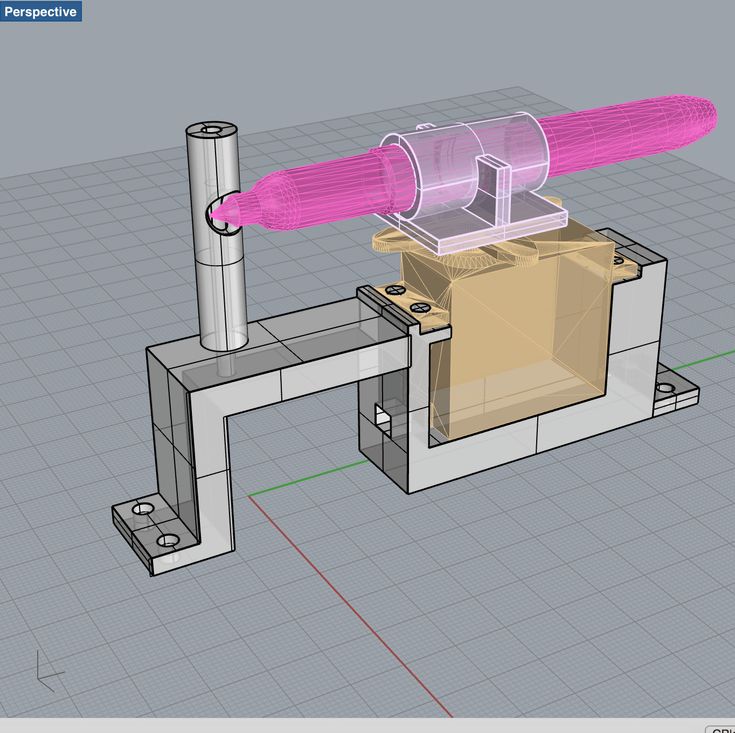
Perfect finish
3D printing is an additive process, which means surfaces won’t be as smooth as with processes like molding and plastic forming, and that it won’t be as easy to produce the desired surface textures. Nevertheless, our new smoothing beautifier allows to reduce the gap with injected plastic rendering and offers a really good-looking surface.
Large scale
The manufacture of certain large scale parts can be very difficult with 3D printing compared to traditional manufacturing processes since you are restricted, in size, by the area of the printing bed.
Who wins?
In the battle between 3D printing and traditional manufacturing, there isn’t one definite winner.
3D printing gives the producer a tremendous advantage for small, oneoff production runs and the manufacture of complex pieces. It also allows taking more risks, customizing the product at will, to reduce the lead time and time to market, and to reduce waste.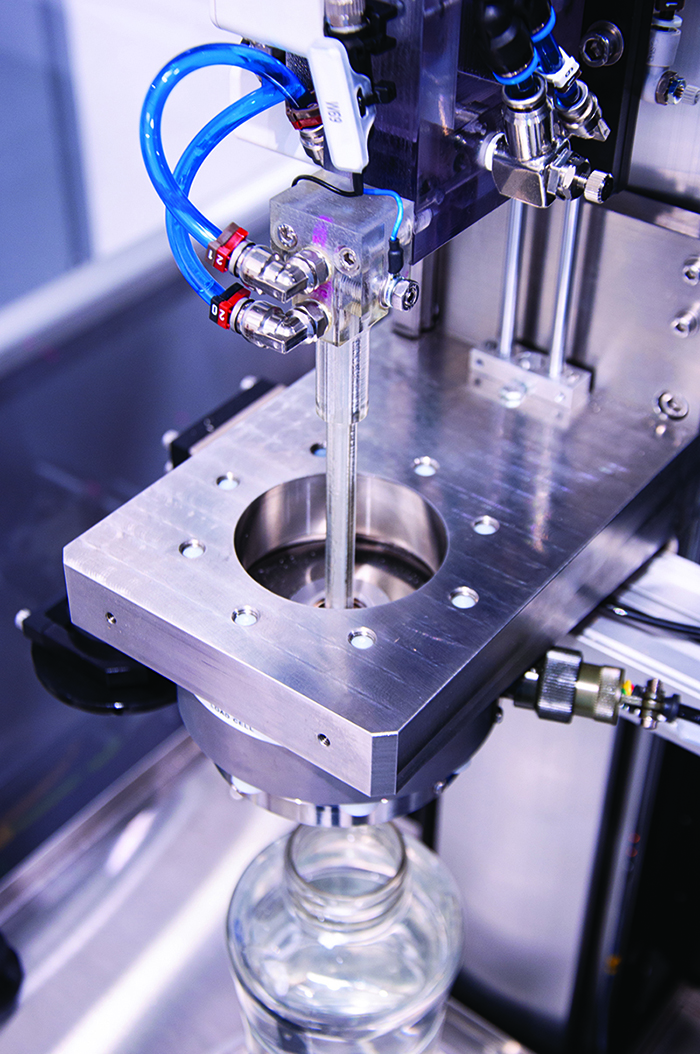
But in some areas, traditional manufacturing still is the way to go. And even though 3D printing will most probably improve in the future, and be able to use more materials, provide a better finish, and reduce the cost per unit, its vocation is not to replace traditional manufacturing completely: it is to complement it, in order to improve production value for producers and consumers.
A chart summary: When to use 3D Printing rather than traditional manufacturing
| 3D Printing | Traditional manufacturing |
|
|
Download this ebook
How 3D printing complements traditional production
Analytics and business
Rapid prototyping
Experts recommend
Author: Andrey Kombarov
Author: Andrey Kombarov
From prototyping to production | Quality | Speed | Efficiency | Creativity | The evolution of additive manufacturing
We live in an era of rapid progress in technology and business processes, but we must admit that manufacturers are still limited by the eternal trinity: quality, speed and cost. Finding a balance between the two is not an easy task, but the good news is that the additive industry is reaching new levels. How exactly can 3D printing complement traditional manufacturing and change business models across industries?
Finding a balance between the two is not an easy task, but the good news is that the additive industry is reaching new levels. How exactly can 3D printing complement traditional manufacturing and change business models across industries?
According to Jabil's 2021 3D Printing Market Trends Survey, additive manufacturing is already helping manufacturers find new and unique approaches to better meet market demands. In recent years, regulated industries with strict safety and quality standards, including healthcare, aerospace, defense and automotive, have enthusiastically promoted the strategic benefits of additive manufacturing.
Digitalization will help manufacturers from different industries change the market, and not lose competitiveness in it. Both value metrics and the rapid expansion of digital manufacturing are pushing for the transition to digital technologies. Thanks to 3D printing, companies are better able to respond to changing conditions, complete joint projects and modernize.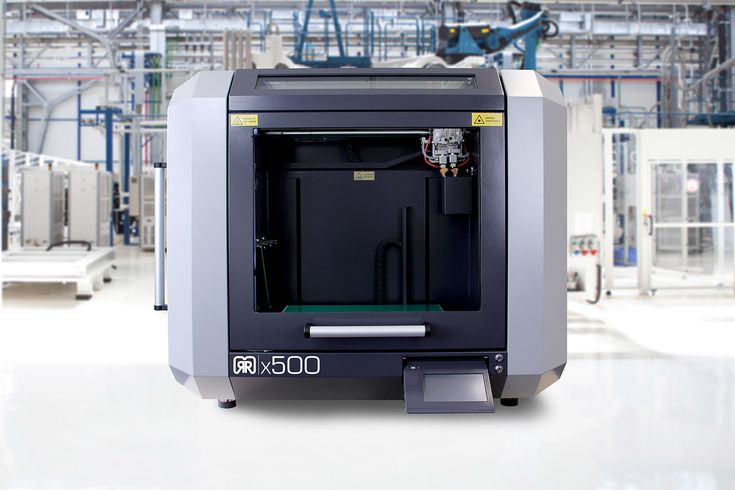
The article discusses four key factors that underlie the interaction between additive and traditional manufacturing:
-
quality,
-
speed,
-
efficiency,
-
creativity.
Can 3D printing help you optimize production in your organization? Order a free consultation with iQB Technologies experts
From prototyping to production
3D printing is usually associated with generating ideas, designing and prototyping, but it has long been cramped in this framework. Today, with the help of additive technologies, they create tooling, test products before launching into mass production, and manufacture small series of parts. According to Jabil's 2021 3D Printing Market Trends Survey of over 300 decision makers, 62% of companies use 3D printing for mass production. For comparison: in 2017, only 27% spoke about this.
From this we can conclude that distributed production networks are the reality of today.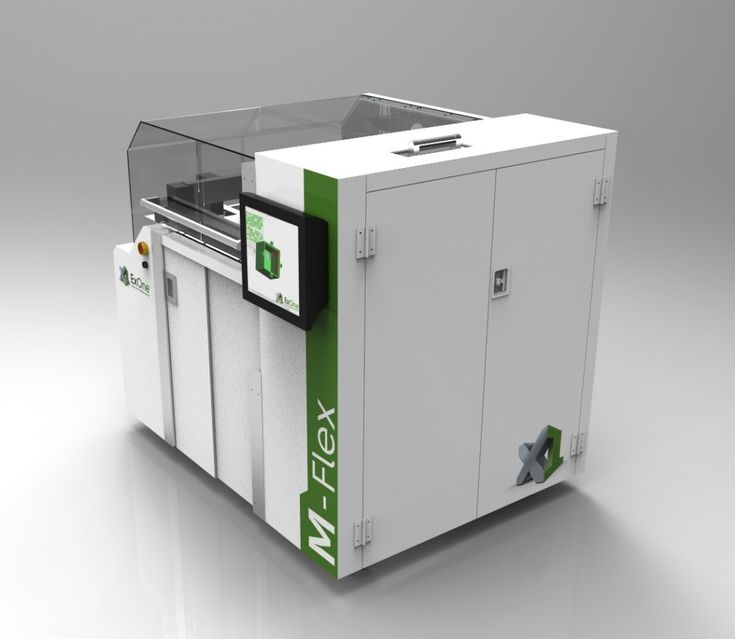 Global networks of additive manufacturing assets (such as the Jabil Additive Manufacturing Network) enable companies to manufacture products close to the point of delivery. The advantage of this model is "digital flexibility": one participant uploads design files in Chicago, while another prints them at a facility in Singapore, closer to the end customer. With this approach, supply chains are used much more efficiently.
Global networks of additive manufacturing assets (such as the Jabil Additive Manufacturing Network) enable companies to manufacture products close to the point of delivery. The advantage of this model is "digital flexibility": one participant uploads design files in Chicago, while another prints them at a facility in Singapore, closer to the end customer. With this approach, supply chains are used much more efficiently.
Significant recent advances in the additive industry are setting the stage for distributed 3D printing manufacturing, accelerating progress and making the technology more practical. To list just a few of the aspects that define how 3D printing complements manufacturing.
1. Quality
3D printing allows manufacturers to produce unique, complex shapes of consistently high quality at a low cost. Thus, the additive method can advantageously produce a small number of parts of different sizes, and in some cases, one part of different sizes.
In recent years, the print quality and reliability of 3D printers have improved significantly, and they can now print more precise parts with better surface quality. In 2019, Jabil conducted a print quality survey. About 40% of the respondents answered that they were not sure about the reliability of the parts produced. Just two years later, 27% gave this answer.
In addition, new materials, platforms, and software enable companies to overcome the challenges of making parts repeatable from batch to batch and machine to machine. Thanks to these solutions, the company reduces the time and cost of organizing or reorienting production, which means it can respond faster to changing market requirements.
2. Speed
By using additive technologies combined with smart digital supply chains, virtual teams around the world can work on new projects, compare real product representations, save time along the concept-prototype-prototype-manufacturing chain, and even move production closer to customers.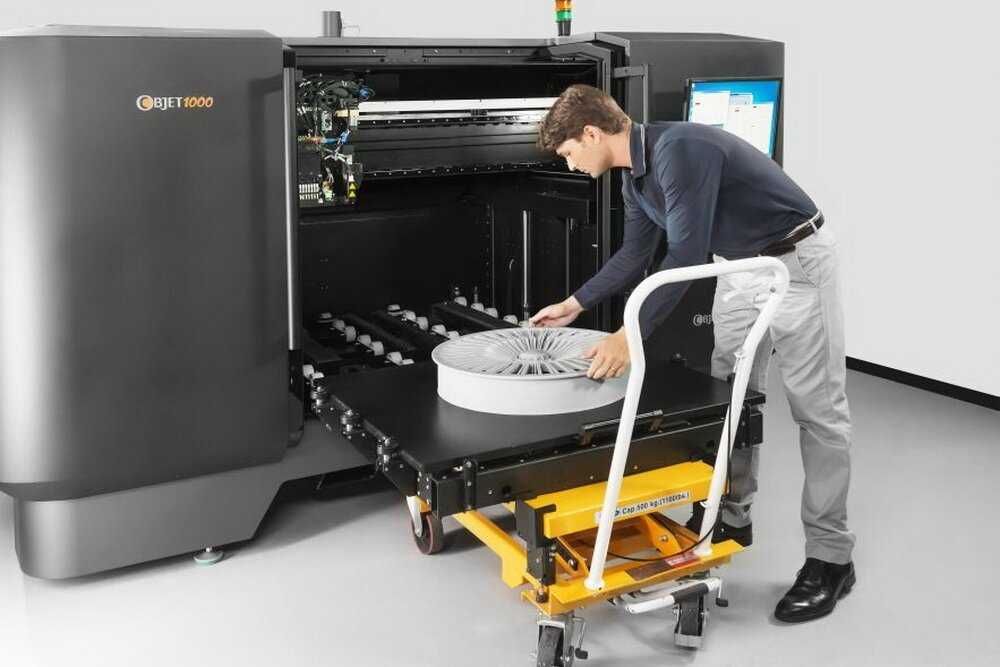 .
.
Compare this approach with the traditional one (involving investments in tooling, parts, equipment, partnerships and the release of the first production prototype) and see how obvious the advantages of additive manufacturing are: there is no doubt that it can affect all stages of product development.
Rapid prototyping provides the opportunity to explore different iterations and try out different designs during production. The healthcare, automotive and aerospace industries are undergoing rapid change, and 3D printing has become a key tool without which manufacturers cannot keep up with the most flexible and efficient product lifecycle management strategies.
Another important advantage of 3D printing is the ability to quickly change the range of manufactured products. Each printed item can be made unique, which means that the product can be created according to individual orders. Manufacturers can react faster to market changes and adapt production rates to demand.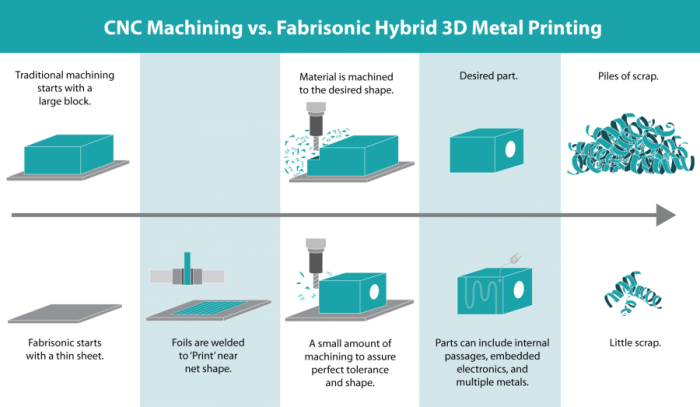
As a result, additive technologies can reduce the time to market for new or upgraded products from months to days.
3. Efficiency
Additive-created products have simpler material specifications, which greatly simplifies supply chain management and speeds up production. An increasing number of businesses are using 3D printing platforms. Design improvements lead to more efficient design, lighter parts, and cleaner production, all of which contribute to an overall improvement in product performance. By simplifying specifications, not only the efficiency of the entire production process, but also the end product itself is improved.
Applying Design for Additive Manufacturing (DfAM) principles to create monolithic parts and system-level design results in merged specifications and reduced parts count, resulting in significant cost savings for companies and often increased product reliability.
3D printing has another economic advantage: various parts with complex geometries can be produced on a single 3D printer. Companies that have adopted the technology are able to save money by increasing the scale of production. The distribution of production along value chains is becoming more real. Rapid production of tooling, spare parts and more can all be done at facilities closer to the end customer, reducing costs all the way from transportation to warehousing.
Companies that have adopted the technology are able to save money by increasing the scale of production. The distribution of production along value chains is becoming more real. Rapid production of tooling, spare parts and more can all be done at facilities closer to the end customer, reducing costs all the way from transportation to warehousing.
Moreover, the digitalization of inventory management allows manufacturers to free up capital and give them more flexibility to develop new products, manufacturing processes and/or investments in other lines of business. Fewer parts in stock means fewer containers on the shop floor and more storage space.
Reducing bills of materials through 3D printing can reduce the cost of documentation, quality control, mass production planning and inventory management. Fewer parts means less time and labor to create the product itself, which leads to additional savings in production costs.
4. Creativity
The impressive potential of additive manufacturing cannot be realized without a large selection of materials. At the Jabil Materials Innovation Center in Chaska, Minnesota, designers, chemists, materials researchers and manufacturing experts interact with customers to develop high performance powders and filaments. These custom-designed materials enhance the performance, durability, fire resistance, conductivity and lubrication of the end product.
At the Jabil Materials Innovation Center in Chaska, Minnesota, designers, chemists, materials researchers and manufacturing experts interact with customers to develop high performance powders and filaments. These custom-designed materials enhance the performance, durability, fire resistance, conductivity and lubrication of the end product.
As Jabil's report shows, materials for 3D printing are on the rise, with plastics, polymers, composites and, with a slight lag, metals remaining the most common. Metal is less popular in 3D printing than plastic or polymer. This is the situation today, however, it may change, as survey participants said they would like to use more different materials in the future.
“Innovative materials don't just help increase bottom line. Revolutionary manufacturing approaches using new polymers can address important sustainability, healthcare, transportation, environmental and aerospace issues,” says Elizabeth Gardner, Jabil senior chemist and materials engineer.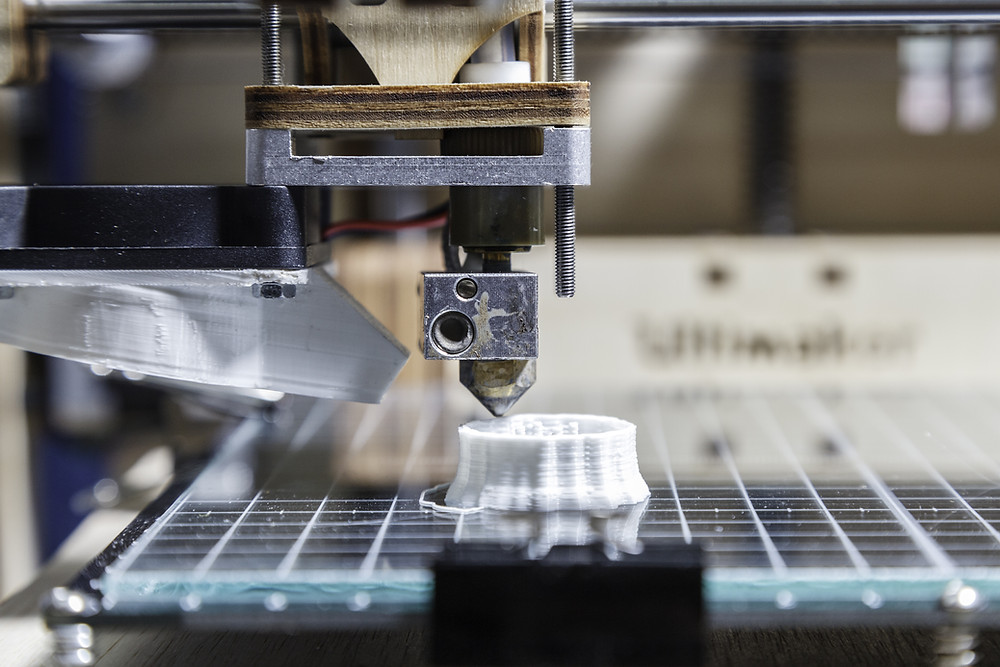
The evolution of additive manufacturing
3D printing will develop dynamically, and in recent years we have seen how the pace of its implementation is growing. The convergence of digital technologies (including 3D scanning, integrated information systems and additive manufacturing) suggests the obvious: manufacturers are looking at digital solutions to increase profitability and accelerate the development and manufacture of their products.
This development will have implications for today's big business. “There is a lot of activity going on in this area, a lot of money and creative resources,” writes Richard D'Aveney in the Harvard Business Review, asking the question, “What is the price of waiting?” Indeed, new opportunities are increasing the speed and efficiency of 3D printing, and there is no doubt that successful companies would prefer to pick up this pace rather than slowly adopting the technology.
More and more companies are realizing the value and cost-effectiveness of additive technologies for design, prototyping and manufacturing.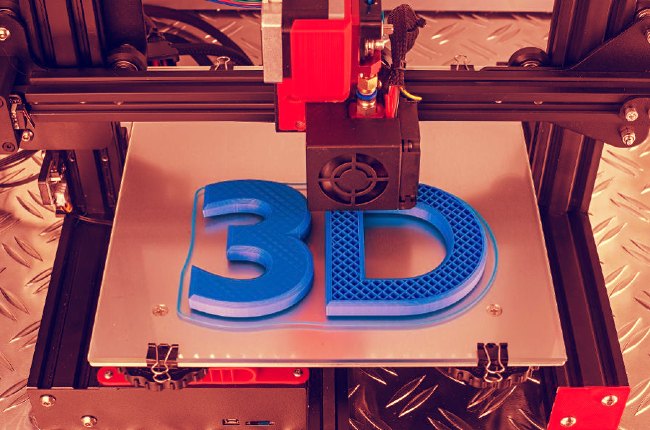 3D printing is becoming one of the key tools in the arsenal of a manufacturing enterprise. If you use a 3D printer to streamline the iteration process and improve the product during the prototyping phase, you will ultimately save time and money, as well as reduce the error rate during the manufacturing phase. 3D printing is not just an innovation, it brings tangible benefits.
3D printing is becoming one of the key tools in the arsenal of a manufacturing enterprise. If you use a 3D printer to streamline the iteration process and improve the product during the prototyping phase, you will ultimately save time and money, as well as reduce the error rate during the manufacturing phase. 3D printing is not just an innovation, it brings tangible benefits.
Research your customers first. It is essential to understand what they want and how best to meet their needs. 3D printing solutions are revolutionizing prototyping, tooling and product manufacturing. Large companies that actively use these opportunities (including design for additive manufacturing) will be in a better position and will be able to maintain stability.
D'Aveni recommends reviewing current processes. “3D printing is creating countless new approaches to manufacturing parts, and companies need to understand what supply chain configuration and what combination of old and new processes will become optimal,” the scientist argues.
Finally, the strategic implications need to be explored as AM will soon be adopted by entire trading platforms. Manufacturing is a 150-year-old industry that is inherently less subject to change. Nevertheless, we see that new technologies are being introduced more and more actively, and more than half of the top managers of companies that took part in the above survey see strategic opportunities in the use of additive technologies. In previous years, this percentage was lower.
The unique technologies, materials, processes and capabilities of additive manufacturing make it the cornerstone of digital transformation, a process that is already affecting many industries. There is no doubt that additive manufacturing is changing the way companies design and manufacture their products, and Jabil is an example of a business operating at the intersection of additive and conventional technologies.
Source: jabil.com
Article published on 03. 11.2021, updated on 02.11.2021
11.2021, updated on 02.11.2021
Benefits of 3D printing
The article reveals the main advantages of 3D printing in comparison with traditional production technologies.
Introduction
During 3D printing, objects are created in layers. This approach has many advantages over traditional production methods. There are various techniques for 3D printing, but the benefits discussed in this article apply to the entire industry as a whole.
It is unlikely that 3D printing will replace modern production processes, but there are areas in which 3D printers allow you to quickly and accurately create the necessary product. Understanding the benefits of 3D printing enables engineers to make the best decision when choosing a production technology, which reduces the cost of products and / or improves their quality.
Speed
One of the main advantages of 3D printing is the speed of part production. Complex models can be downloaded directly from the CAD environment and printed in just a few hours.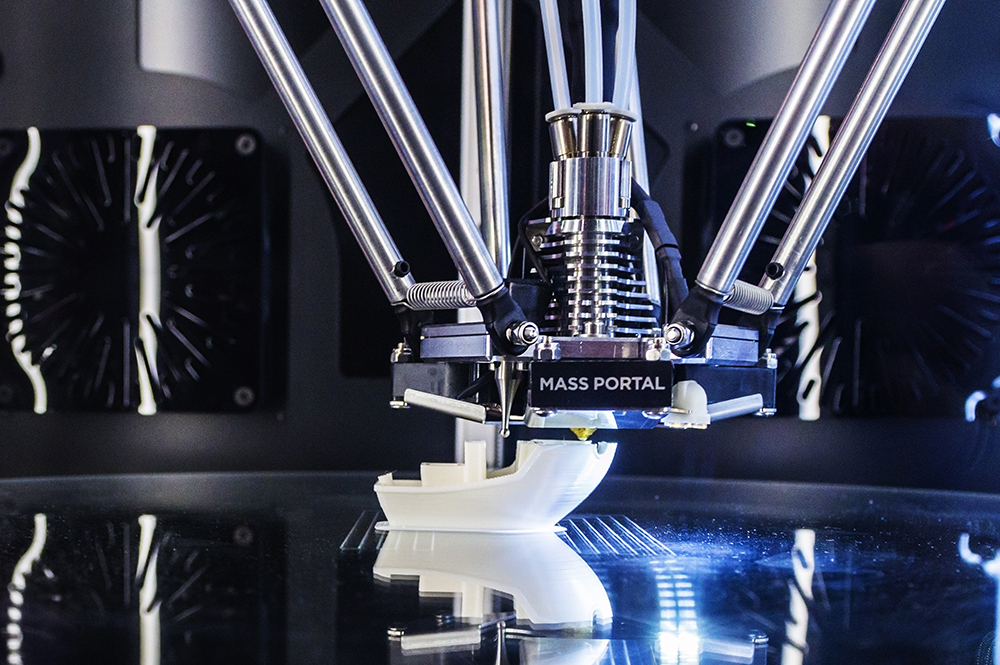
In the past, building a prototype could take days or even weeks. Now this entire technological process can be safely replaced by the work of one engineer who will provide a sample in a few hours. Yes, industrial 3D printers last a long time, but if your samples are small, you will save a lot of time.
The illustration below shows a fastener made of nylon.
Production in one setup
One of the main tasks of an engineer is to optimize production as much as possible. For the manufacture of most parts, it is necessary to apply several different technologies and sequential processing steps, which directly affect the quality and speed of production of parts.
Let's look at an example of making a simple wall hook. As with 3D printing, the manufacturing process starts with a CAD model. Once the design is approved, the manufacturing process begins. The desired piece of steel is cut off. After that, it is given the necessary shape. Probably, after shaping, it is necessary to measure the resulting part.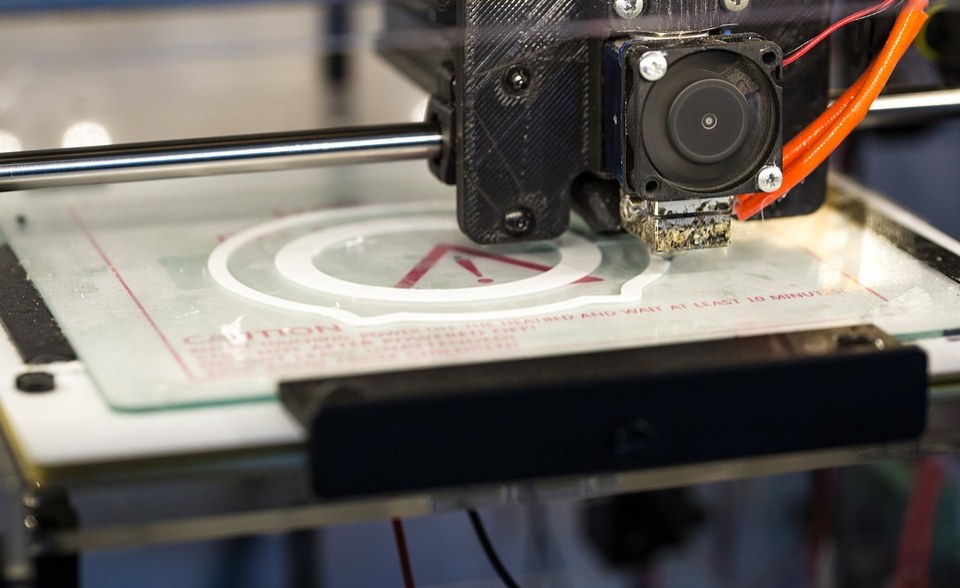 The surface is processed and brought to the desired size. Holes for wall mounting are drilled, chamfers and fillets are formed.
The surface is processed and brought to the desired size. Holes for wall mounting are drilled, chamfers and fillets are formed.
If you are using a 3D printer, all of these operations can be reduced to one. Once the CAD model is ready, you can upload it to the 3D printer and have the finished product in a few hours.
The ability to produce parts in one set-up makes life much easier for the engineer, who is no longer dependent on separate equipment for turning, milling, pokarski, etc.
The image below shows the 3D printing process (red) compared to the traditional process (black).
Price
The cost of producing a part can be divided into 3 parts: the cost of equipment, material and the cost of specialists.
Cost of equipment operation: Most desktop 3D printers use the same amount of electricity as a laptop or desktop computer. More powerful, industrial printers use more energy, but the ability to produce products in one setup still makes them more efficient and less resource intensive. By the way, the cost of the operation of technological equipment is the smallest in comparison with other items.
By the way, the cost of the operation of technological equipment is the smallest in comparison with other items.
Cost of materials: The cost of materials for 3D printing varies for different printing technologies. Desktop FDM printers use materials that cost about $25 per kg, while SLA prints cost about $150 per liter. The presence of different materials complicates the process of comparison with classical production technologies. For example, nylon mixes for SLS cost about $70 per kg, while comparable nylon pellets used in injection molding can be purchased for $2 - $5 per kg. The cost of material is the main component of 3D printing production.
Cost of specialists: One of the main advantages of 3D printing is the cost of specialists. If you do not take into account post-processing, you need a person who will press one button. The further process is fully automated. Compared to traditional production, which requires highly skilled, trained operators, the cost of specialists for 3D printing is almost zero.
As mentioned above, 3D printing is much more profitable for small volumes. Basically, it is used to create prototypes of future products. Traditional production methods come into play when large parts are produced or a large batch of parts is launched.
Risk minimization
Even small changes in a part can lead to a significant change in the cost of its production. For example, the presence of grooves in the part forces the use of milling. This may require new equipment or a machine operator. So being able to test and refine a design on a prototype ensures that risk is minimized before a large batch is launched.
Complicated shapes
In a classic production process, there are always some limitations that must be taken into account. For example, you don't have the necessary equipment to form precise spherical surfaces. This is a problem because it is not cheap. 3D printing removes these limitations as the part is built up layer by layer. As a rule, in 3D printing, the only limitation is the minimum size.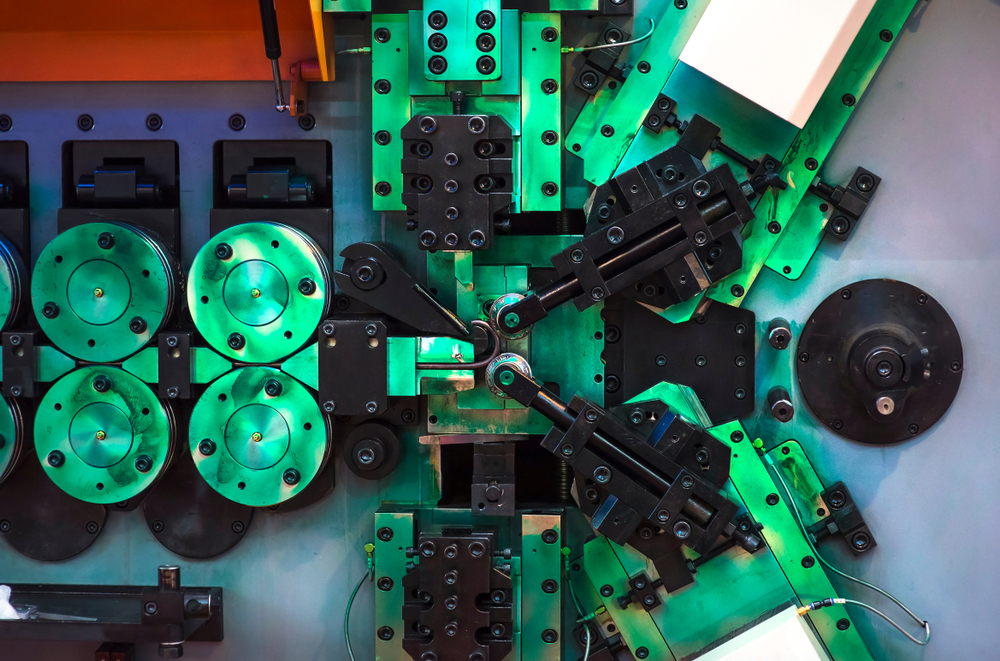 It is difficult to print small elements. But this problem rarely occurs, so the advantage is still obvious - you can easily realize products of the most complex geometry.
It is difficult to print small elements. But this problem rarely occurs, so the advantage is still obvious - you can easily realize products of the most complex geometry.
Miscellaneous
Since we are not limited by the configuration of the part, the basic concept of 3D printing is to produce one piece for one task. This idea has taken root especially well in medicine. Now, 3D printers are used to print custom-made prostheses, implants, and dental fillings. Manufactures fashion accessories and home furnishings. The image below shows headphones made with a 3D printer.
Availability
3D printing technology is not new. She is already about 30 years old. But the main demand for it appeared in the last 5 years. This led to the emergence of a large number of 3D printers and lower their prices. In 2015, over 278,000 3D printers were sold worldwide for less than $5,000. What was a curiosity a few years ago is now part of most businesses. And the open-source movement opened the way for desktop 3D printers to ordinary homes.